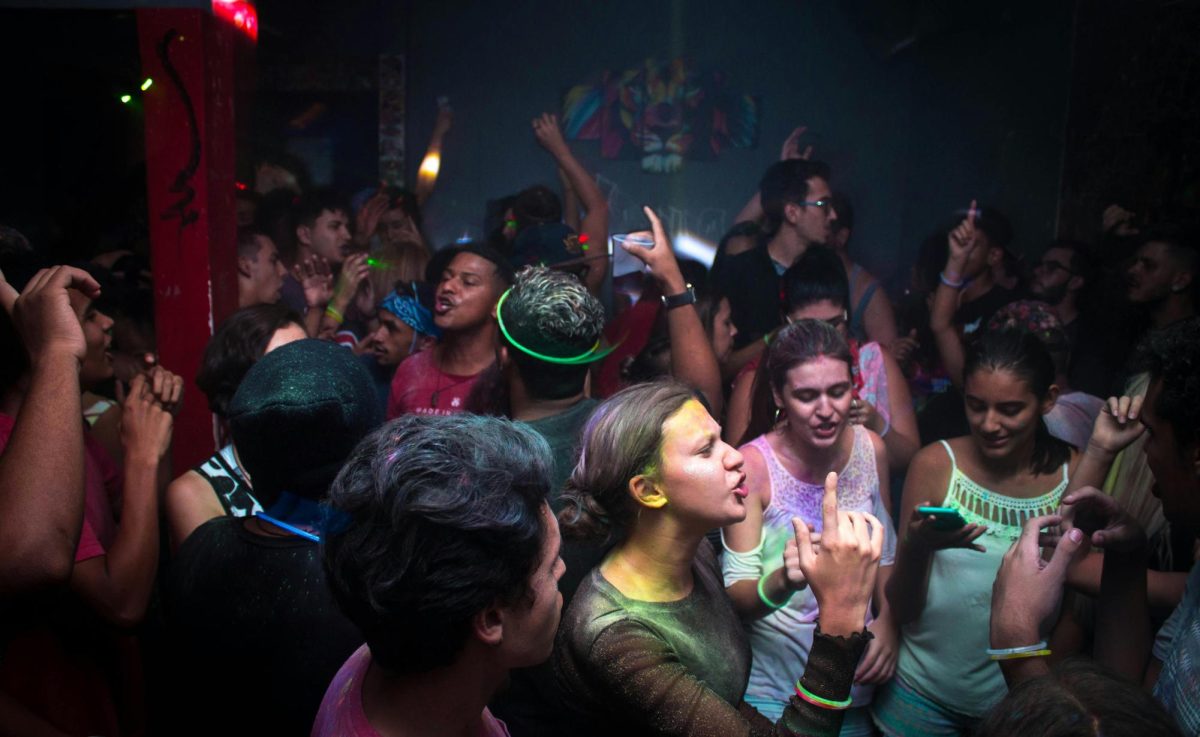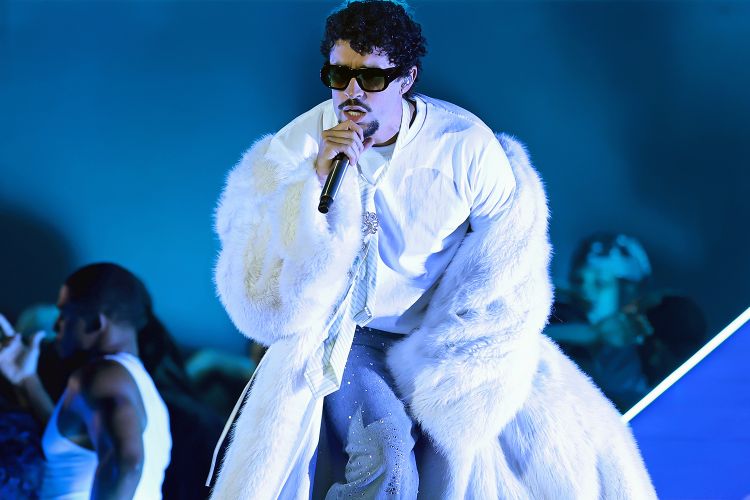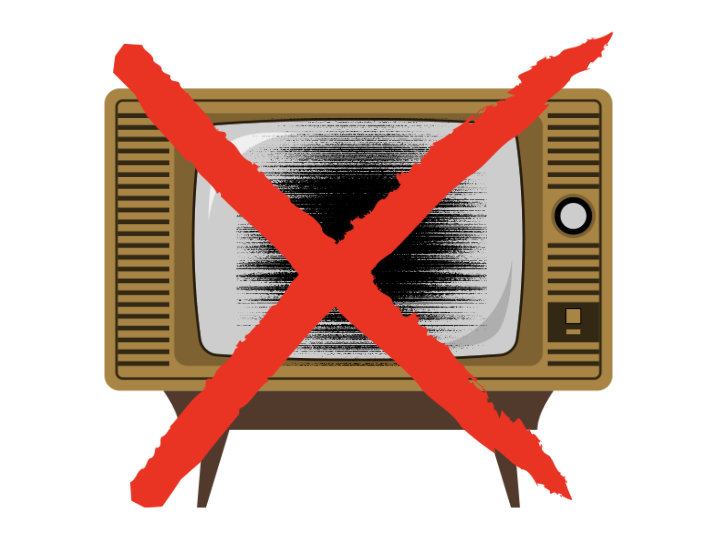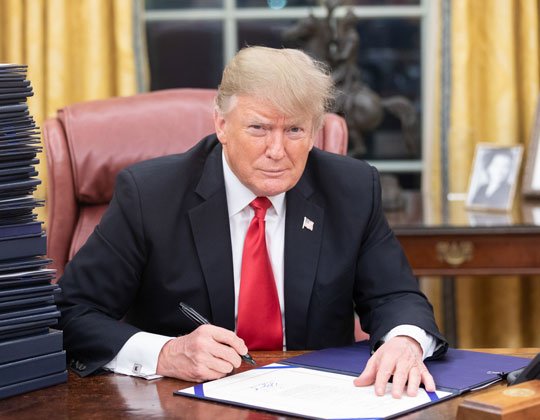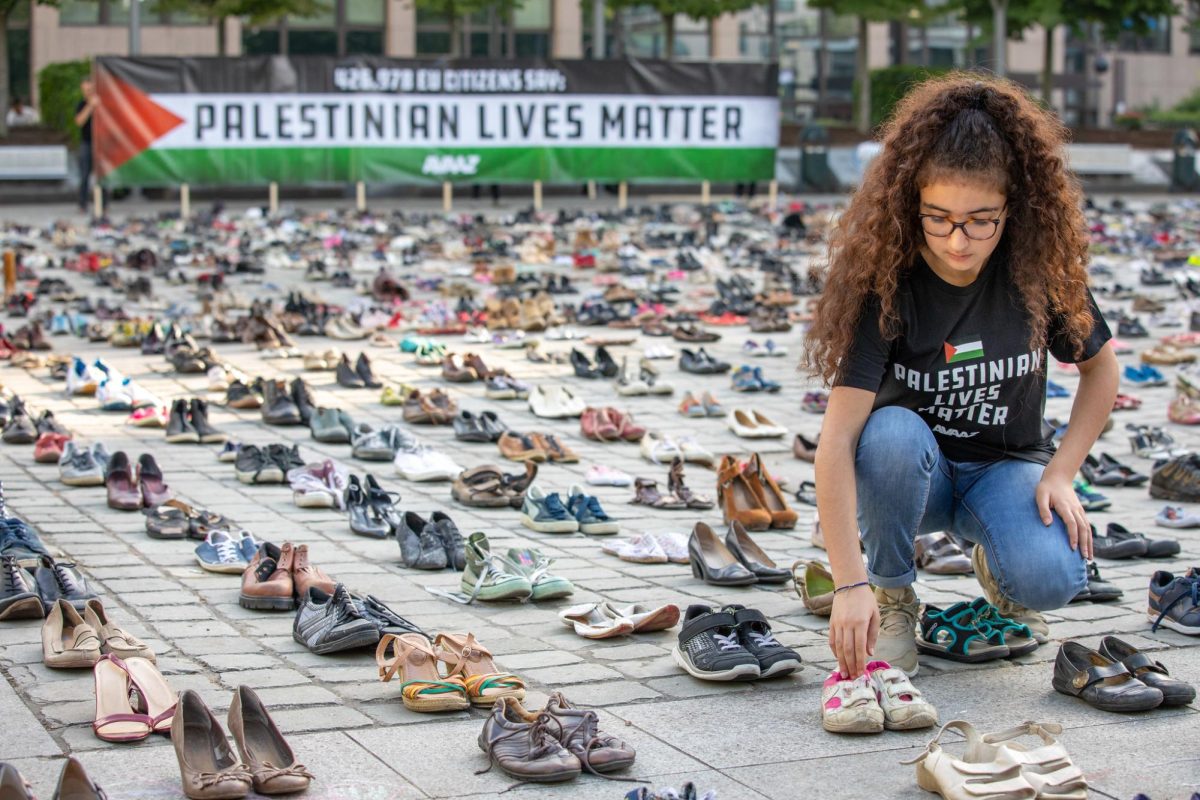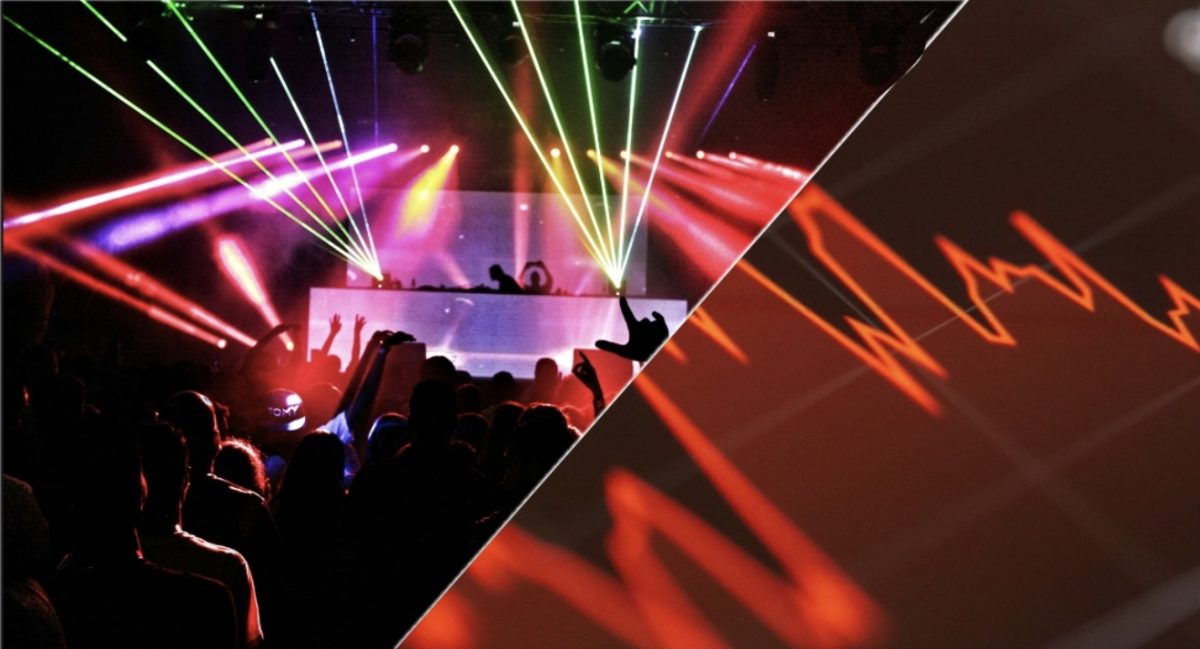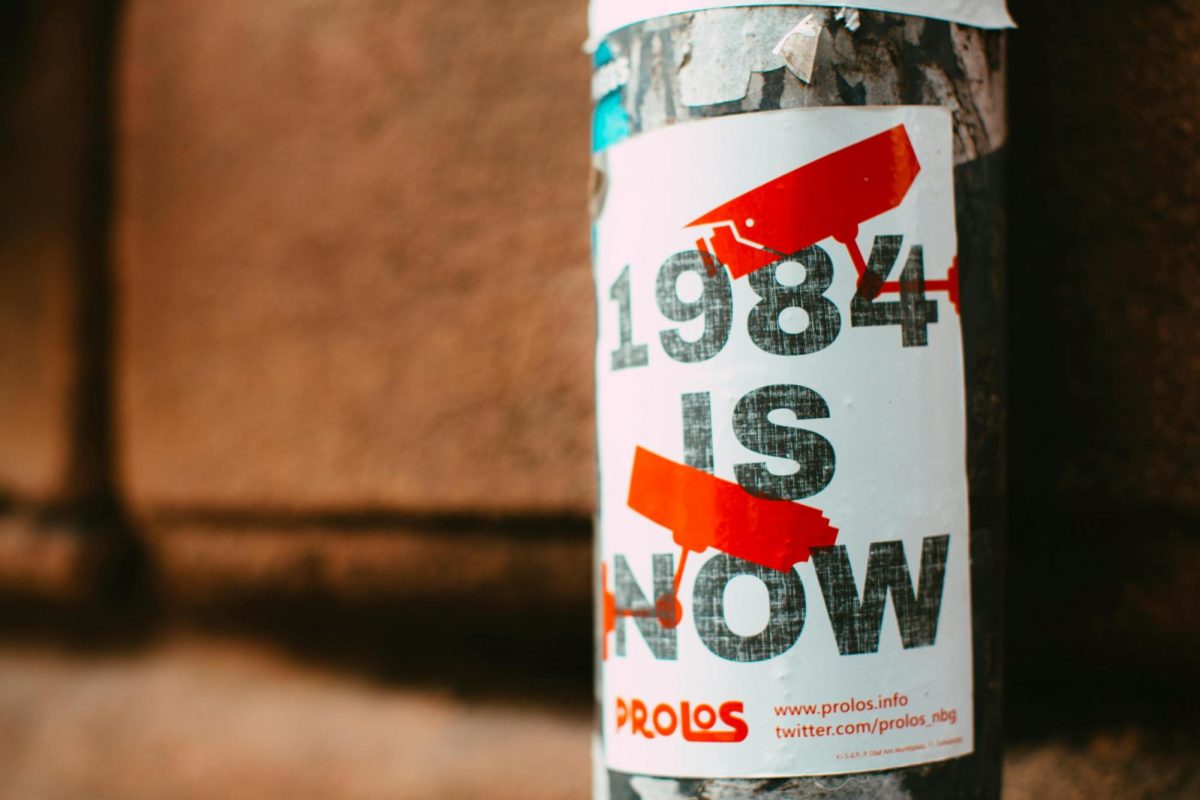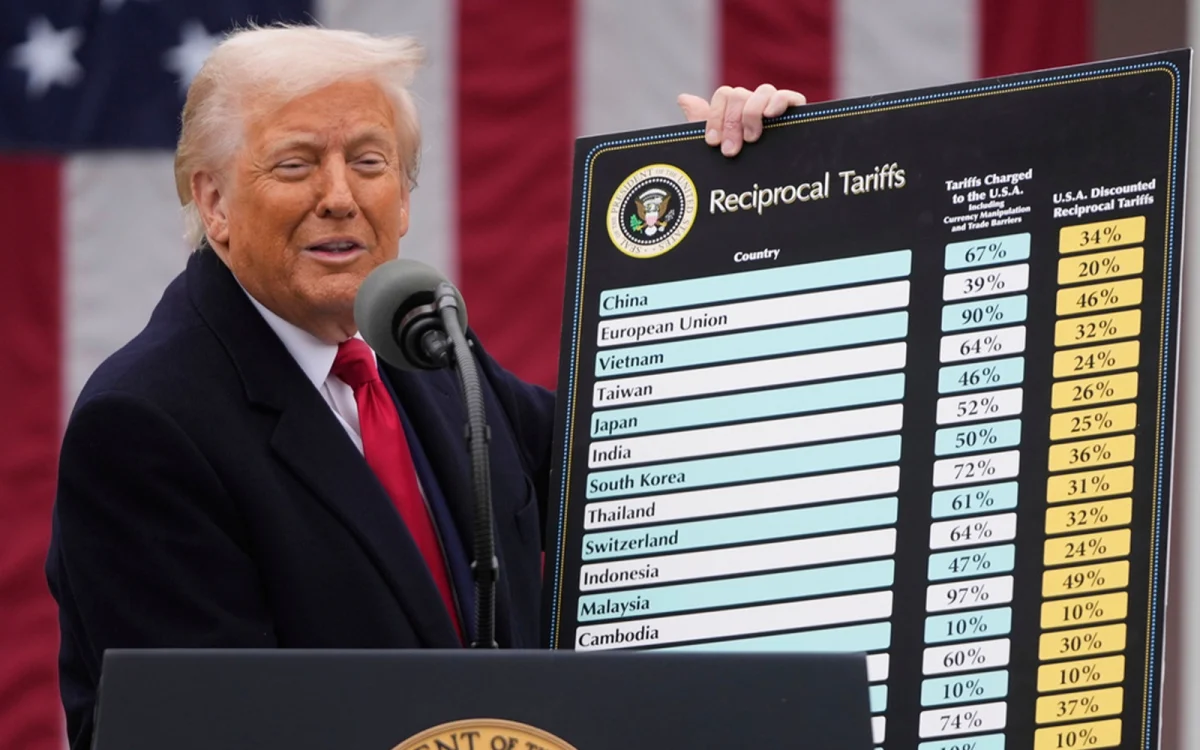In middle school, it was all the rage for teen boys to take jabs at the popular punching bag of the time, social justice warriors. During the early to mid 2010’s these individuals were the subject of nonstop meme warfare, an activity that even I, regrettably, engaged in from time to time. However, a teacher whom I credit with my turn to mindfulness for progressive initiatives, pulled me aside after one of my rash comments about “purple haired SJW’s.” After a brief reprimand, she charged me with an unusual punishment, researching Elliot Rodger and the Isla Vista shooting. Little did I know at the time, her true goal was making sure I did not go down the route of an incel.
Incels — or involuntarily celibate individuals — are men who are part of online communities who consider themselves unable to attract women romantically or sexually. While the term had humble beginnings in an internet forum begun by a woman of similar description, today it defines a pervasive, toxic online community that harms both men and women around the world. What’s even more disturbing is its rise in prominence from a fringe community to a cultural juggernaut that has broken into the bounds of the mainstream zeitgeist.
When I first began looking into incel culture, I found myself puzzled at first as to why it would be harmful for groups of young men to discuss their romantic and sexual woes in online forums. On the surface it seemed to be an outlet, however, in reality incel chatrooms are filled with rampant misogyny, instances of racism and online radicalization. To incels, women are the main culprit of their sexual frustrations, which has led to several retaliatory actions that have scarred the United States over the last few years.
These actions have ranged from harassment campaigns, such as the 2014 Gamergate movement, to deadly mass shootings in the name of involuntary celibacy. The Isla Vista shooting, perpetrated by Elliot Rodger, was one of these hateful actions. Rodger’s stated motivation for the brutal killing of six individuals, two of whom were women, was to punish women for their lack of sexual interest in him. Since his demise, incels in communities across the internet have championed him and his rhetoric, inspiring a concerning amount of similar incel related crimes and the spread of a deplorable ideology.
But what really lies at the root of these hateful tendencies? What leads men to enter these radicalizing communities and perpetuate these cycles of misogyny and harm? At the heart of this crisis is a myriad of shifting social norms, governmental failings and most importantly, a system of monetary exploitation.
With the advance of the digital age we’ve seen a shifting social environment like no other. Over the years, most daily interpersonal interactions have moved online and with external factors such as the COVID pandemic and rising living costs, it is becoming increasingly difficult for many men to engage in healthy socialization. This has led to rising levels of social anxiety, social awkwardness, as well as lack of confidence and social awareness in several younger people across the board. It is clear that young men are feeling vastly more isolated than a decade ago.
Many of these young men see a certain solace in chatrooms of like-minded peers. However, these environments can become the perfect breeding ground for negativity. When frustration, insecurity and resentment towards women — usually stemming from negative personal experiences — combine in these spaces, they create echo chambers that allow men to be inducted into an ironic, self-hating and misogynistic culture.
Adding to the problem is the way many online influencers have monetized this anger, turning it into profit. For example, much of today’s misogynistic sentiment among young men can be attributed to the online internet subculture known as the ‘Manosphere.’ The manosphere has been a problematic presence in mainstream media as certain prominent influencers, such as Andrew Tate, have promoted toxic views of masculinity, male-female relationships, and men’s role in society. Tate specifically, has used his controversial platform to herd troubled men, a significant portion of whom are incels, into his business ‘Hustlers University’ — now rebranded to ‘The Real World,’ promising wealth and social liberation. However, these online courses leave many young men with little else than messages of misogyny and a warped perception of masculinity.
Incel culture not only harms women online but also regularly harms men. One way is through viral trends on social media like TikTok and Instagram. One of these more popular trends is looksmaxxing, a trend that has seen increasing popularity over the last few years. While seemingly a positive concept—as it promotes taking steps to achieve maximum attractiveness, typically through self care—the trend and term stem from incel circles where it’s typically agreed that a man’s desirability determines their self-worth and is predetermined by either genetic or racial factors. For many men, “looksmaxxing” simply hides an unhealthy relationship with body image, spurred on by facial trends and absurd body standards propagated online. Nonetheless, it has driven some men to engage in harmful acts, such as over-exercising or undergoing risky and invasive surgeries.
To stop incel ideology from becoming the norm we as a society need to address these core issues. It’s important we recognize when family or friends may be struggling with antisocial tendencies or exploring radical communities. Ostracization is not an option, as isolation only reinforces these harmful beliefs. Instead we need to offer support to these individuals, to bolster their own self-confidence and persuade them to reconsider what life values they hold: including what masculinity means to them and their role in society. Online agitators also need to be exposed as the grifters they are, people who utilize outrage to stir further division and make a profit.
If we fail to do so, the next generation of young men will not just inherit this ideology — they will think it’s normal.



